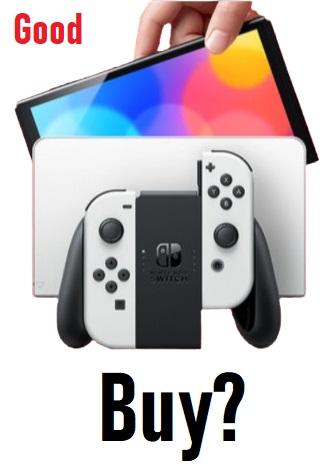The gaming industry is abuzz with speculation about the potential release of the Switch 2, Nintendo’s next-generation handheld console. With rumors swirling about its specifications and capabilities, many are wondering how it will stack up against the recently announced Steam Deck from Valve. In this analysis, we’ll delve into the technical details and market dynamics to explore whether Nintendo can deliver a device that rivals the Steam Deck’s power and affordability.
Examining the Specs:
One of the key points of comparison between the Switch 2 and the Steam Deck is their hardware specifications. While details about the Switch 2 remain speculative, rumors suggest it may utilize an 8-nanometer process for its chipset, likely a variation of Samsung’s 10-nanometer node. On the other hand, the Steam Deck boasts a custom APU from AMD built on TSMC’s 7-nanometer process, offering superior performance and power efficiency.
The Power Gap:
Based on these specifications, it’s evident that the Steam Deck has a technological edge over the Switch 2 in terms of raw processing power. The more advanced process node and architecture of the Steam Deck’s APU give it a performance advantage, enabling smoother gameplay and faster load times in demanding titles.
However, Nintendo’s focus has always been on delivering compelling gaming experiences rather than pushing the technological envelope. While the Switch 2 may not match the Steam Deck in terms of sheer power, Nintendo’s expertise in software optimization could level the playing field to some extent.
Price Point Predicaments:
Another critical factor to consider is the pricing of both devices. The Steam Deck comes with a starting price of $399, positioning it as a premium handheld gaming device targeting enthusiasts and PC gamers. In contrast, Nintendo has a history of offering its consoles at more affordable price points to appeal to a broader audience.
Nintendo’s Value Proposition:
If the Switch 2 aims to compete with the Steam Deck, it will need to strike a delicate balance between performance and affordability. While Nintendo may struggle to match the Steam Deck’s raw power at a $299 price point, it could differentiate itself by focusing on other aspects such as exclusive first-party titles, innovative gameplay features, and seamless integration with its ecosystem of services.
Future-Proofing and Market Dynamics:
Looking ahead, the success of both the Switch 2 and the Steam Deck will depend on various factors, including market demand, technological advancements, and consumer preferences. While the Steam Deck appeals to hardcore gamers seeking high-performance portable gaming experiences, Nintendo’s appeal lies in its wide-ranging appeal to gamers of all ages and skill levels.
Nintendo’s Legacy of Innovation:
Nintendo has a proven track record of innovation and resilience in the gaming industry, consistently delivering hit products that capture the imagination of players worldwide. Whether it’s the groundbreaking motion controls of the Wii or the hybrid design of the original Switch, Nintendo has a knack for shaking up the market and carving out its niche.
Conclusion:
In the showdown between the Switch 2 and the Steam Deck, Nintendo faces an uphill battle in terms of raw power and price competitiveness. However, Nintendo’s strength lies in its ability to deliver unique gaming experiences that transcend hardware specifications. While the Steam Deck may appeal to hardcore gamers seeking cutting-edge performance, the Switch 2 has the potential to captivate a broader audience with its trademark charm and innovation. Ultimately, the success of both devices will hinge on their ability to deliver compelling gaming experiences that resonate with players around the world. Let the battle begin!













